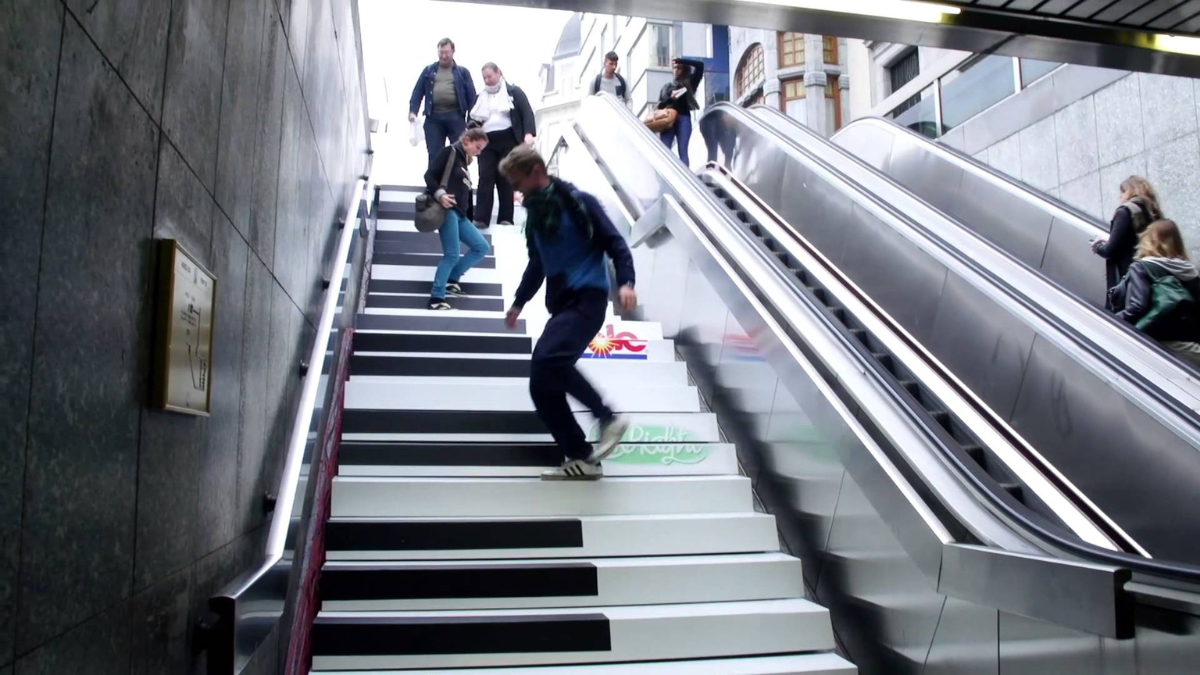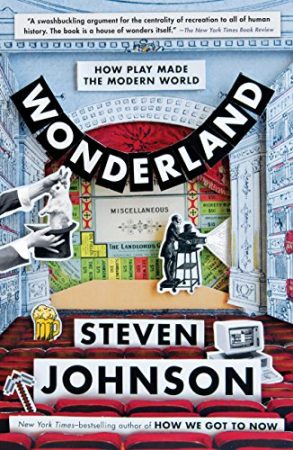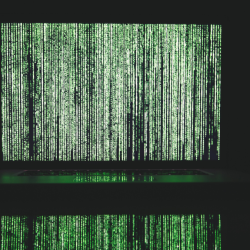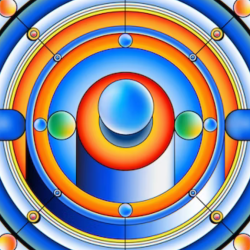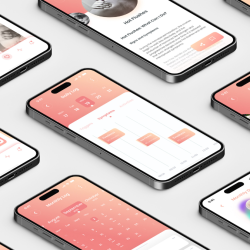If I said ‘the world feels like it’s speeding up’, would you argue?
In fact, substantially fewer people said they ‘always felt rushed‘ in 2015 than they did in 2000. Maybe everything isn’t screwed? If you zoom out, global living standards have improved dramatically over the past 200 years. But things can get worse. In the UK, quality of life is heading in the wrong direction at record speed. Meanwhile, hyper-objects like climate change, the mental health crisis, and the rise of AI combine to degrade our collective psychic soil; too much dread and nothing hopeful can grow.
Clearly, we must value the progress we’ve made as a species, whilst recognising the need for change at many scales. We must be curious about the challenges ahead, and joyous in our efforts to meet them. If we want to reshape our environment and our lives, we need three things:
- A sense of purpose
- Good ideas, made real
- Radical adaptability
Play is the key to all three.
Wait, is this the meaning of life?
Alan Watts said ‘this is the real secret of life — to be completely engaged with what you are doing in the here and now. And instead of calling it work, realise it is play.‘ Play theorist Brian Sutton said: ‘The opposite of play is not work, it’s depression.‘
Music isn’t essential for survival, but it’s likely been with us as long as language. Sport brings millions together. Standing on the stony shore of a still lake and being compelled to pick up a stone and skip it… urges like these transcend age and culture.
As per the RADAR report, A More Play-Full Future:
Moments like these happen every day, everywhere, all around the world. These displays of universal human behaviour are unprompted, natural, and remind us that there’s something powerful — in the deepest, molecular level of our cells, across our bodies and minds — that motivates us to play.
Playful creation
I did some research into the conditions in which people do their most creative work when I was at Code Computerlove. Permission to play was a key theme. People valued ‘tactile things’ during the design and development process, ‘being allowed and encouraged to have fun,’ and simply ‘playing around and trying stuff’. One colleague commented on the importance of humour and observed, ‘something silly is often the genesis of serious ideas‘.
Creatives know that ‘messing around’ and ‘playing with stuff’ are essential steps in making good work. But anyone can think and work more playfully. Job titles aside, we all create stuff.
1. It’s a state of mind, man
In the book Play Matters, Miguel Sicart wrote: ‘Play is an activity, whilst playfulness is an attitude.‘ For me, this attitude means noticing opportunities for improvisation, inspiration, and fun. It means welcoming surprise, curious tinkering, and a mindful sprinkling of mischief.
This attitude is the opposite of simply ticking tasks off your list. When you’re truly absorbed in play, it stops feeling like work. You may feel a jolt of trickster energy, as if you’re breaking some essential unspoken rule. But the outputs will speak for themselves.
Most of the time, the results of playful creation won’t seem world-changing. But as Steven Johnson brilliantly argues in his book Wonderland: How Play Made the Modern World, fun and ‘frivolous’ entertainment seem to be the earliest driving forces behind our biggest technological shifts. Don’t underestimate where a little levity can take you.
2. The playful workplace
It’s easy to roll your eyes at the idea of playful working spaces. Here’s an ‘office design expert‘ ridiculing ‘the idea that work is somehow a playground and you can infantilise your staff.’ Sure, slides and ping pong are beyond parody at this point, but having worked in an office equipped with musical instruments and a ‘maker space’ full of art equipment, I’m convinced most companies go nowhere near far enough. With employers struggling to get staff back into their expensive city centre spaces, now is the time to think differently. Just recognise that creating a culture of play is a long-term commitment.
3. Playful design
One of my favourite examples of playful design from recent years was Piano Staircase, created by VW’s initiative, The Fun Theory. Apparently this got 66% more people taking the stairs. If they can have fun with essential public infrastructure, why can’t you inject more play into your meetings, presentations, campaigns and communications?
Play and plasticity
Play can help us deal with the inevitable chaos and uncertainty the future will throw at us. Play makes us more flexible at the neurobiological level. The length of childhood play correlates with future adaptability across organisms. Foxes play when young, and they’re arguably the most adaptable carnivores on Earth. Isabel Behncke studies animal behaviour. Her PhD for Oxford University was the first comprehensive study of play behaviour in wild bonobos known to science. In her words:
In order to adapt successfully to a changing world, we need to play. But will we make the most of our playfulness? Play is not frivolous. Play is essential… in times when it seems least appropriate to play, it might be… when it is most urgent.
Fart around and find out
Kurt Vonnegut once wrote ‘we are here on Earth to fart around, and don’t let anybody tell you different.‘ This sounds nice enough, but the closer you look, the deeper it gets. A life filled with fun and frivolity is a rich one. Farting around leads to new discoveries and improves your ideas. Farting around is perhaps the only way we’ll survive and thrive. So go forth, friends, and fart.
Featured image: The Fun Theory / Volkswagen

















